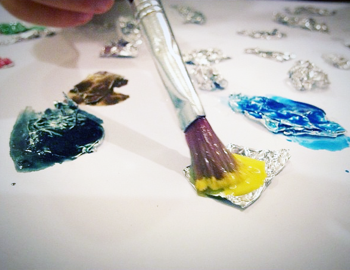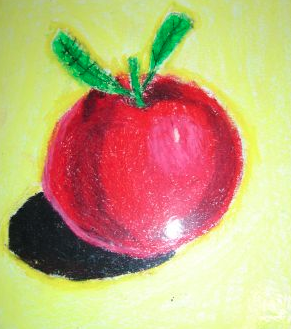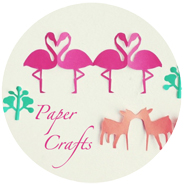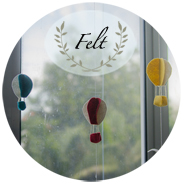After two evenings of freestyle art exploration with cotton swabs and on aluminum foil, K and I dived into the foundational techniques of drawing. I got him started on some introductory exercises from Mona Brooke’s book, which focused on the five elements of shape: the dot, the circle, the straight line, the curved line and the angle line.

After the initial warm-up, I showed him a picture of a cat like this picture here,
and I told him that he could draw cats. Any type of cats, it can look like this, or he can draw his own cat.
(K, I think is a closet cat lover. He claims that he prefers a dog for a pet, but the soft-toys that he has developed affinity for are all cats, and there are like at least 4 different ones).
K went with the suggestion of drawing his own cat, or rather, cats and ended up with a drawing like this.

These stick men figures in the picture shows that K is still in the symbolic art stage, and he hasn’t move to representational stage. (Here is an informational article about the stages of art development in a child OR do read Susan Striker’s Young at Art to understand more about children’s art development).
According to Mona Brookes and Susan’s Striker’s books, Symbolic drawing is perfectly normal in a child’s development. Parents or art educators should try not to interfere with their child’s effort to express him/herself through this form. It should not be compared to realistic drawing, and it is best not to push the child to prematurely stop this activity. When children draw symbolically, they have internal conversations about what they are drawing, which in turn, helps them communicate and deal with symbols.

If I did not read both books, I might have the common notion that I should try to ‘help’ my child to ‘progress’ to the representational/ realism drawing stage, and be naturally concerned that he is possibly slow in his drawing development.
As mentioned in the books, only the rare child learns how to draw realistically or representationally on his own. Learning to draw is like learning to play the piano, learning to dance or to write. There are the occasional gifted or talented child who picks it all by himself/herself.
Symbolic drawing is a lot about how the child communicates and in this instance tell a story. As K went on to tell me that after illustrating the pictures, he wanted to author his drawings.

Text deciphered :
‘The cats are running away from us
We must do something
About the cats
We must catch them
Ok GT Ng (apparently that’s him) Ok spiderman
We need the gold
So we need to punch the cats face
Ok we need to kill them’
At this juncture, he told me, “Imagine you read all that, and then go to sleep, you will have a bad dream.” So he told me that it is important that he adds the last sentence, to justify the violence of punching and killing -_-
‘They are bad cats’
Again, this development did not happen overnight, as it started with our daily read-alouds, highlighting the illustrator’s name and the author’s name of each book. And then repeatedly telling him that we all can be illustrators and authors too.
His writing journey started almost 6-8 months ago, started with simple 1-2 element drawings, and simple phonetically sounded words. As he continued with his line drawings leisurely whenever he wanted to draw, he did occasionally write some words with the drawings.
Often I am unable to figure out the words, until he ‘reads’ it out for me, but I never once gave him the pressure to spell the words correctly from the start. Also i did not correct his use of upper and lower case in his words, as I believe ability to use upper case or lower case in sentences, will eventually be picked up from our daily read-alouds.
It was only from this month, that he has been requesting to spell the words correctly. So he tells me the sentences that he wants to use to describe his drawings, I then encourage him to sound out words phonetically, letter by letter.
So this experience have proven that indeed drawings or art have lots of direct influences in a child development in literacy, and possibly many other academic areas as well.
Next post on Home Learning Art Lessons – Learning about the forms of shapes and exploring oil pastels with abstract art.
This post was published in myplayschool.net
























